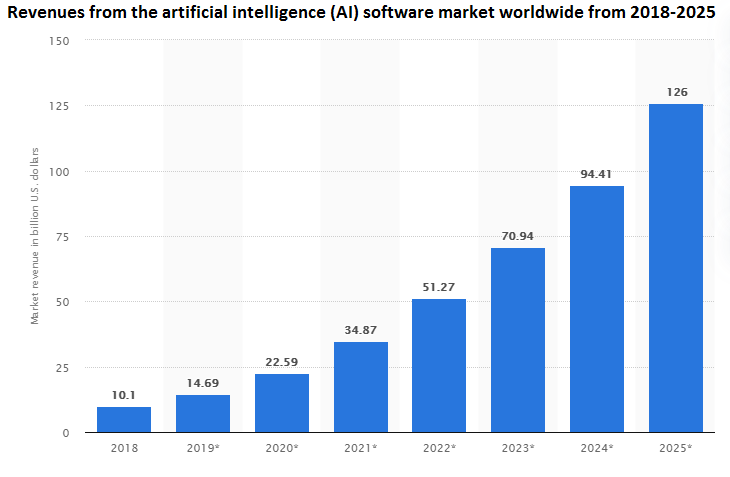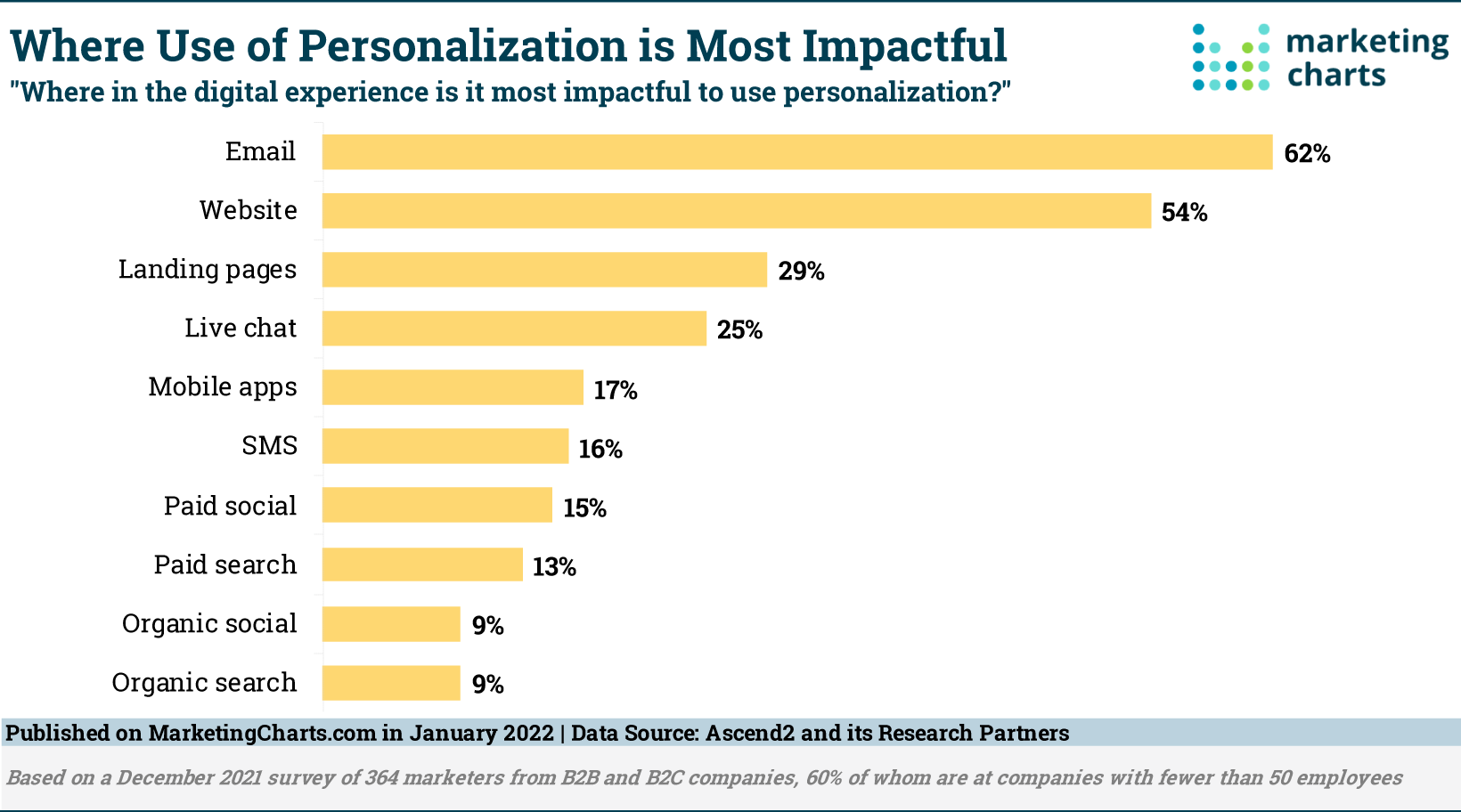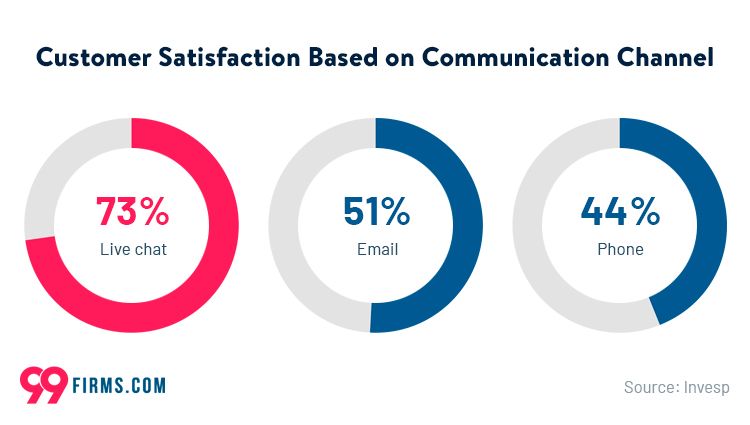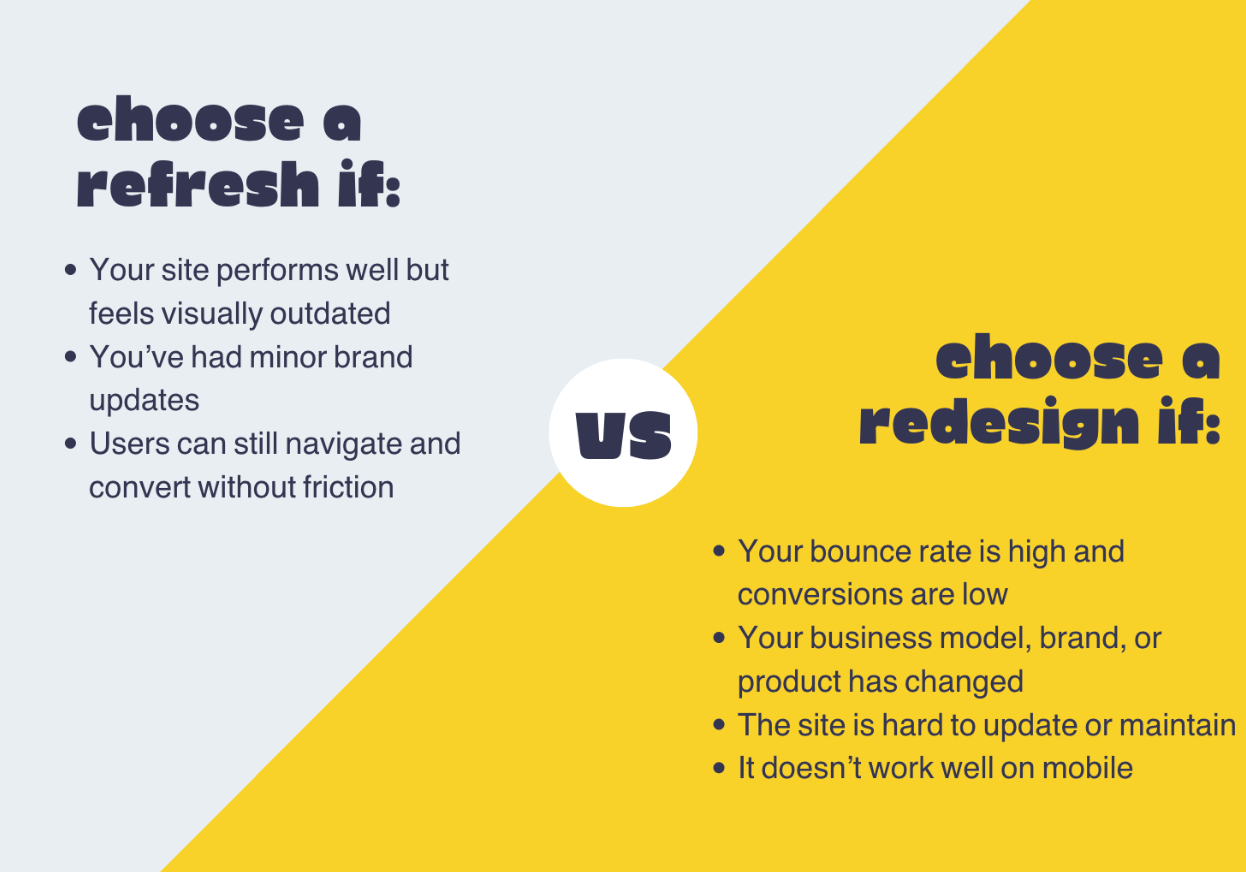How Artificial Intelligence Is Changing the Future of Web Design
In the digital age, Artificial Intelligence (AI) almost feels like a marketing staple. What was once considered little more than science fiction, today, you may find discreetly fueling innovation. From analytics to Customer Relationship Management (CRM) software, some form of it is pretty much everywhere – including in web design.
Of course, we’re still a long way away from how art imagined AI all these decades ago. In most cases, AI is also not quite fully autonomous, as we do value creative human oversight. But it is still a catalyst for change already and an invaluable business asset to have. Its possibilities seem vast, if not limitless, and the present is optimistically paving the way ahead.
To substantiate this, let us explore how artificial intelligence is changing the future of web design today.
AI, from science fiction to mainstream design and marketing
One can trace the first references to AI in literature back to the late 1800s, in the works of Samuel Butler and George Elliot. Modern movie audiences might best remember 1968’s 2001: A Space Odyssey or perhaps 1977’s Star Wars. The Matrix, Star Trek, Alien, Terminator, and other movies and franchises of the last century also largely build on AI. In them, its mythos ranges from utopian, where benevolent conscious machines aid humanity, to dystopian, where our creations violently rebel.
Thankfully, so far, only the former has manifested in reality. AI does not yet boast self-consciousness as science fiction imagined it, but machine learning (ML) has evolved in strides. Through it, AI has helped automate mundane tasks, sort through vast troves of data, and exceed humans’ analytical limitations. Indeed, AI software has become one of the largest software markets today and yields exponentially higher revenue year after year.

How AI is changing the future of web design
To explain why that is, we may explore how AI has been aiding web design specifically. It does serve as an excellent example, as web designers have acquired many new tools over the years – but even more new challenges.
Digital marketing hinges on strong web design for both form and function. Modern audiences are increasingly demanding; they expect faster speeds, more features, more straightforward navigation, and ever-modern looks. Customer journeys span across more devices, which design has to adapt to impeccably. Omnichannel marketing is near-imperative, and personalization separates success from failure. Humans may not manage to keep up with these criteria much longer.
Thankfully, AI has steadily risen to the task. Here, let us highlight some substantive ways it does so – and what the future holds.
#1 A/B testing and ADI
First, marketers of all marketing fields likely appreciate A/B testing in design. They need to have different versions of their design candidates or underperformance suspects to engage in it. Then, they need to conduct controlled tests on audience segments to validate their hypotheses. Rinse and repeat until the desirable optimization has been achieved.
This process is indeed laborious but is necessary. Its sheer value guarantees it is not going away anytime soon either. But now, as AI is changing the future of web design, it has a new ally.
AI has given rise to Artificial Design Intelligence (ADI), the explicit employment of AI in the service of design. 2014’s The Grid was likely its most direct predecessor, but, as Forbes notes, it was also more ML than AI. Today, ADI thrives in the hands of world-renowned Adobe, no less than in those of website builders such as SquareSpace.
Some predict ADI will eventually reign alone, but only time will tell. For the moment, web designers may employ both and enjoy their synergy.
#2 Design and marketing optimizations
Still, starting from the basics and the section’s introductory assertion, the designer’s work is never done. Before ever examining the final product, one needs to have the tools to work efficiently. In this regard, too, AI’s assistance is already being put into action.

Few among the general public may not have heard of Adobe, let alone designers. Over the years, Adobe’s suite has provided comprehensive design tools to enthusiasts and professionals alike. Their reputation has made “photoshopping” a verb synonymous with their product’s function; the ultimate brand recognition. And as artificial intelligence is changing the future of web design, Adobe, too, has embraced it.
In 2016, Adobe launched Sensei and integrated it into its suite. Granted – this AI-based framework is equal parts AI and ML but still paves the way ahead no less. Through it, designers gain ever-evolving insights and uncover design opportunities. They acquire predictive marketing insights to inform their efforts and direction. And, perhaps most importantly, they get to personalize designs for their users – as modern marketing dictates.
#3 Personalization
For that matter, personalization in itself remains a valuable pursuit. Search Engine Optimization (SEO) thrives on relevant content and matching user search intent. Email marketing does, too, as well as eCommerce product recommendations. Even SMS marketing does, as it too targets the same modern audiences these new channels do.

In this regard, too, artificial intelligence is changing the future of web design – and that’s no hyperbole. Sensei explicitly caters to personalization optimizations. Netflix’s recommendations algorithm has been AI-based since at least 2018 , too, as have ad targeting ones of such platforms as Facebook.
In brief, AI offers what human data analysis capacity cannot; the ability to process troves of data. Doing so already powers personalization and drives web design forward in ways manual labor never could. Yes, AI still largely relies on ML, but its unyielding evolution promises to shape the future.
#4 Live Chat and Chatbots
Finally, on the subject of customer expectations, AI has also powered a web design mainstay ; live chat. This, too, has allowed automation to ease the strain on customer service departments. More importantly, in our context, it has infused web design with a newfound customer-first perspective – one that understands service spans across the entire customer journey.
Now, perhaps modern marketers and internet users remember early chatbots as lackluster, unappealing, and unhelpful. Their initial forms arguably did deserve this infamy, but today AI has propelled them into the most satisfactory customer communication channel.

In this sense, too, artificial intelligence is changing the future of web design. It has abridged human cognition and machine automation, effectively substituting human communication. In doing so, it has enhanced the User Experience (UX) immeasurably, at times even obscuring design flaws. Consider what Nielsen Norman Group dubs the “ Aesthetic-Usability Effect ”; “users’ tendency to perceive attractive products as more usable.” This kind of effect still doesn’t delve into the realm of science fiction, perhaps, but it does decisively shape the future, no less.
Conclusion
Commercial-use AI’s significance will likely never decline as the digital age advances. It may not yet match our wilder fantasies of consciousness and full autonomy – and perhaps for the better – but it already shapes the future. One needs to look no farther than the examples above to start believing this claim. Artificial intelligence is changing the future of web design, for the better, what comes next remains to be seen. And as ADI thrives, backed by design juggernauts, this AI-powered future may only come sooner rather than later.
The post How Artificial Intelligence Is Changing the Future of Web Design appeared first on Olive Street Design.



















